The Ultimate Guide to Hydroponic Farming: Setup, Benefits, and Profits
Hydroponic farming is revolutionizing the way we cultivate food—no soil, less water, and larger yields. Whether you are a beginner planning to grow your own garden or a farmer who wants to improve profits, hydroponics has a sustainable, efficient answer. In this definitive guide, we will take you through all that you need to know: how to install a hydroponic system, its key advantages, and how it can maximize your profits. Let’s enter the world of soilless cultivation!
What Is Hydroponic Farming?
Hydroponics is a system of growing plants without the use of soil, but with a water-based solution that contains nutrients. Roots are held up by substances such as coco coir, perlite, or even water, while nutrients are directly supplied to the plants. From leafy greens to plump tomatoes, hydroponics can be used for a variety of crops, and it’s a favorite among urban gardeners, hobbyists, and commercial farmers alike.

How to Install a Hydroponic System
Select Your System
There are a few hydroponic systems to choose from, depending on your space and objectives:
- Nutrient Film Technique (NFT): A fine stream of nutrient water runs over roots—ideal for lettuce.
- Deep Water Culture (DWC): Roots suspend in oxygenated water—ideal for beginners.
- Drip System: Nutrients drip down onto roots—most versatile for large plants such as tomatoes.
- Vertical Towers: Plant stacks up—most suitable for tiny spaces.

Collect Essential Equipment
You will require:
- Reservoir: Stores the nutrient solution.
- Pump: For circulating water (and air pump for oxygen in DWC).
- Grow Medium: For roots (such as perlite, rockwool).
- Grow Lights: LED or fluorescent for indoor gardens.
- Timer: Schedules water and light cycles.
Prepare the Nutrient Solution
Hydroponic-specific fertilizer dissolved in water. Maintain:
- pH: 5.5-6.5 for best absorption.
- EC (Electrical Conductivity): 1.5-2.5 mS/cm, varying by crop.

Plant and Maintain
Install seedlings into the system, observe water levels, and inspect for pests or algae. Replace the nutrient solution every 1-2 weeks to maintain healthy plants.
Optimize Your Environment
- Temperature: 65-75°F (18-24°C).
- Humidity: 50-70%.
- Lighting: 12-16 hours per day for most crops.
With these fundamentals, you can begin small (such as a countertop herb garden) or expand to a full greenhouse.
Benefits of Hydroponic Farming
Why hydroponic? Here’s what gives it an edge:
- Water Efficiency: 90% less water used compared to traditional farming—water recirculated rather than absorbing into soil.
- Space-Saving: Plant vertically or in compact areas, ideal for cities.
- Faster Growth: Plants mature 20-30% faster with direct nutrient supply.
- No Soil Hassles: No more weeds, soil sickness, and tilling.
- Higher Yields: Increased plants per square foot equal bigger harvests.
- Year-Round Production: Regulate the environment to produce fresh produce any time of the year.

Popular Crops for Hydroponics
Don’t know what to grow? These love hydroponic systems:
- Leafy Greens: Lettuce, spinach, kale—quick and simple.
- Herbs: Basil, mint, cilantro—high value, low space.
- Tomatoes: Juicy and productive with support.
- Strawberries: Sweet, lucrative, and small.
-

- baby leaf-size kale plants
-

- fresh-cucumbers-aeroponic-farming-in-pakistan
Why Hydroponics Is the Future
With water scarcity, diminishing land, and an increasing need for fresh produce, hydroponics is a smart path forward. It’s already fueling urban agriculture, rooftop gardens, and commercial farms globally. In countries like Pakistan, where water is limited, it could transform agriculture.
Get Started with Hydroponic Farming Today
Ready to smarten up your grow? Begin with a low-key DWC herb kit or test out NFT for a more extensive setup. Hydroponics is your access to eco-friendly, lucrative agriculture—whether backyard or commercial-level. Got questions or want advice on setup? Leave a note below—we can help you shine!





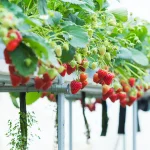
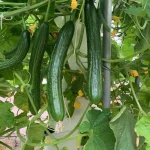
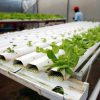

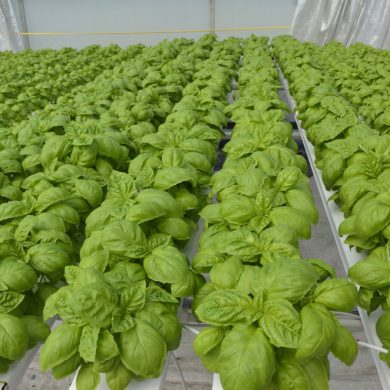
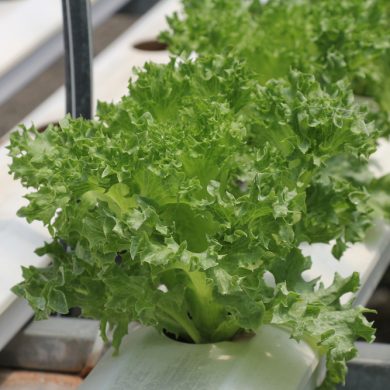
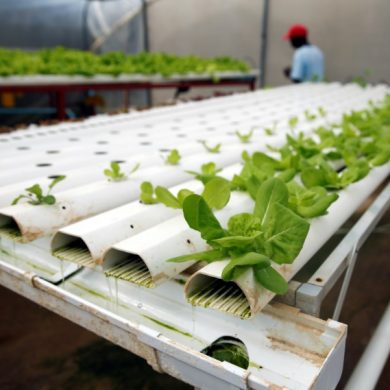

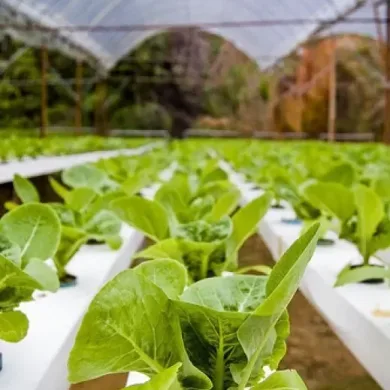



Add comment